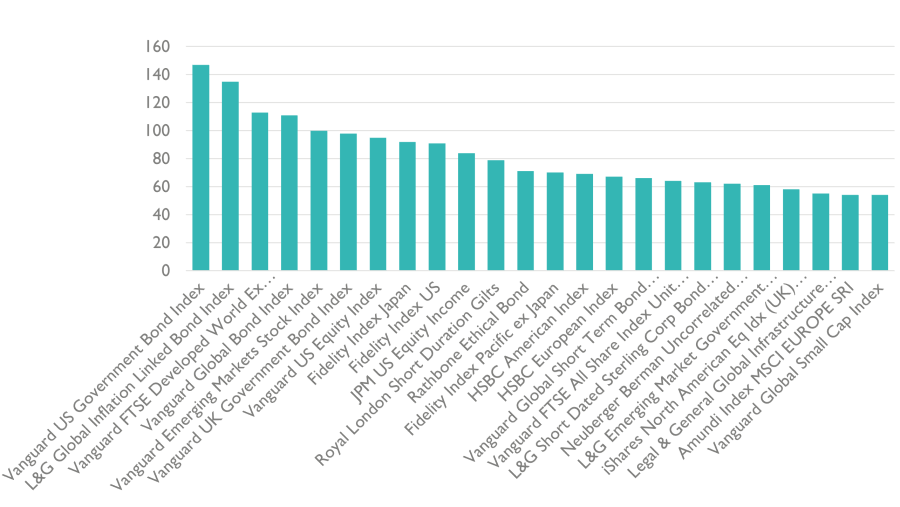Managed Portfolio Services (MPS) have grown hugely in popularity over the past 10 years as advisers sought a discretionary portfolio solution that was cost effective and efficient for a broad range of clients. This growth has been supported by various tailwinds – and looks set to continue with the introduction of the Consumer Duty.
This requirement for greater transparency, accountability and, most importantly, ‘fair value’ have ushered in a paradigm shift from the use of ‘bespoke portfolios’ to MPS and multi-asset funds.
Clearly, there remains a necessity or preference for bespoke portfolio solutions where clients have individual requirements such as specific levels of income, or have existing assets with large capital gains liabilities that they do not wish to realise. However, this is not the case for a large number of clients and, as a result, their requirements may not justify the higher fees associated with ’bespoke’ offerings.
Alongside this transfer of assets from bespoke to MPS, advisers who have typically built their own portfolios using third-party funds are becoming overwhelmed by the additional due diligence requirements of being a manufacturer. This has provided further demand for MPS solutions.
However, for advisers engaging with a discretionary fund manager’s MPS for the first time, or for firms reviewing their panel of providers, the market is looking increasingly homogenous, with little to differentiate the offerings of investment management firms.
While service (for the adviser and the client), risk-mapping and platform availability remain important factors in the selection process, the convergence of asset allocations and third-party fund selection has made it a tricky market to navigate.
This convergence has been accelerated by cost pressure, as many active managers have sought to reduce costs by moving equity exposure into passive vehicles. As shown in the chart below, the same holdings are found across many MPS portfolios.
In turn, typical balanced portfolios across providers will have very similar asset allocations and geographic exposure, therefore, even blending two or more providers will not add much in terms of diversification.
Funds used in multiple MPS portfolios

Source: Waverton Investment Management
Our MPS portfolios invest directly for our clients rather than relying on third-party fund managers or index tracking providers. This also facilitates our exposure to alternatives and in particular, real assets as portfolios of funds are more limited in their ability to own investment trusts, removing a potential source of diversification and return.
Peter Stewart is an associate director at Waverton Investment Management. The views expressed above should not be taken as investment advice.





